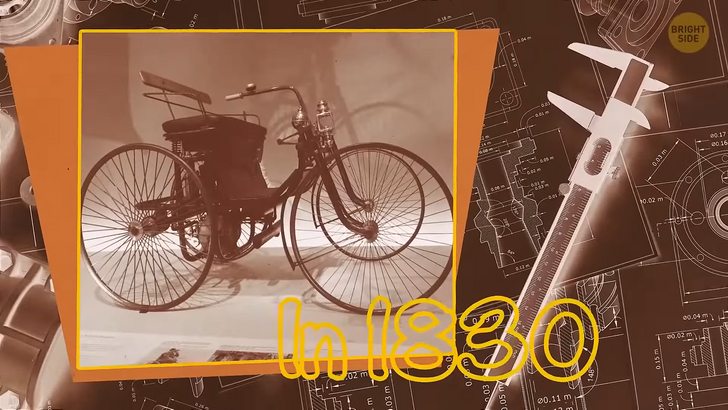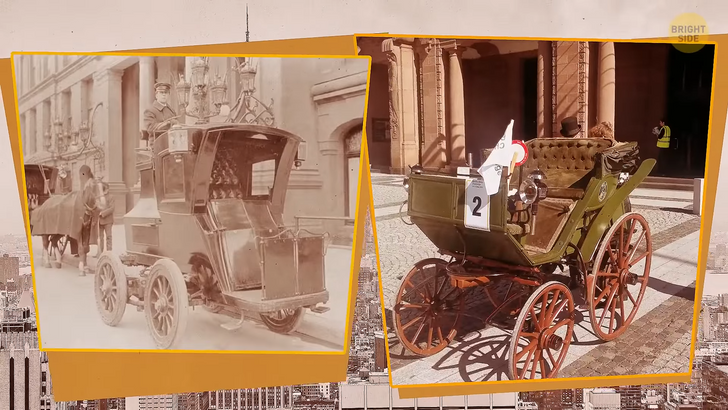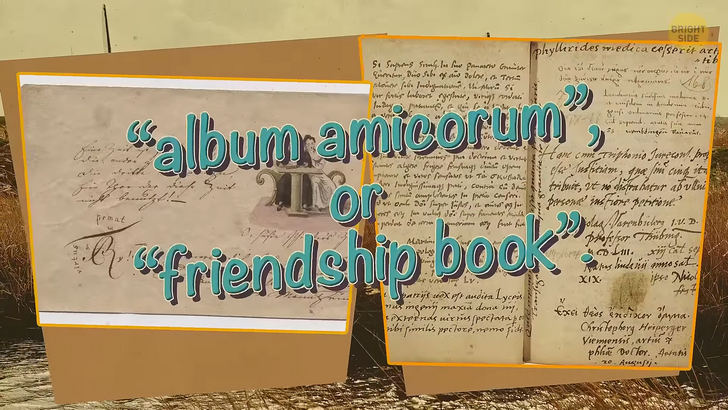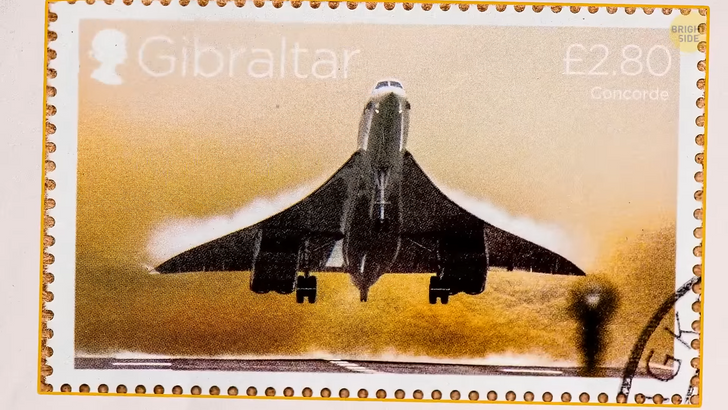I Excluded My Wife From My Kids’ Core Memories—She’s Too Busy Working


As you walk down the street, it’s calm and quiet, but suddenly, a Tesla rolls past. The smooth quiet engine takes you by complete surprise. A great example of advanced technology we see today. But this futuristic tech isn’t that new of an idea, and there were actually electric cars manufactured over 100 years ago!

In 1830, Robert Anderson from Scotland developed a motorized carriage that ran on electricity. He set the foundations for the electric car. But at the time, there was no way to recharge the battery. But finally, in 1859, the rechargeable battery was invented.
Manufacturers in Europe and the USA began developing their own versions of the first purchasable electric vehicle. The horse and carriage remained the preferred method of transport. But the automobile revolution had begun!
At first the electric car had some stiff competition from different types of vehicles powered by alternative means, through gasoline and steam power. But luckily, the steam engines were impractical, constantly needing an endless supply of water, and could take up to 45 minutes to start in cold weather. The early gasoline ones were very loud, hard to operate, and produced a lot of dirty fumes.

The availability of oil during the early 1900s was very low, making gas expensive. As electricity became readily available after 1900, electric vehicles quickly grew in popularity. Even Thomas Edison jumped on the electric bandwagon and developed his own nickel-iron battery. Which was more resilient and charged twice as fast as the lead-acid based ones.
New York, Boston, and London had fleets of electric taxis. And by 1912 one-third of all vehicles in the USA were electric! There was a problem, though, as electricity was only available within cities, restricting charging points. So it was impossible to drive to the countryside or to another town.
New oil fields were soon found, making the cost of fuel much lower. And soon, cars running on gas took over with their newly developed models that were easier to run. The electric car would then sit on the side lines for the next hundred years.

Social media took off in 2004 and quickly became a world-changing event. Starting from just a couple of applications and quickly expanding to hundreds, it connects billions of people from around the world together. But the concept of social media was actually invented much earlier. In the 17th century Netherlands, people would carry an “album amicorum”, or “friendship book”.
They would exchange these books at significant events, writing down jokes and riddles, sharing notes and stories. Basically any written or drawn communication that we do today. It was such a popular thing, especially for students in universities, that in some it was banned during school, much like phones might be banned today!
Solar power is quickly growing as an alternative energy source. Today, there are about 92 billion panels worldwide, and it’s the third most used renewable energy source. Large-scale solar power has only recently begun to be used in the 1980s. But in 1839, Edmond Becquerel discovered the “photovoltaic effect” when he was only 19.
This is the process of producing an electrical current when exposed to light or radiant energy. Later, in 1883, it was implemented into a working conductor that produced the first solar power panels. But it didn’t catch on as the panels were only 1% efficient at storing electricity. Compared to present day solar power, which is at 22%.

As you approach a vending machine to get some of your favorite candy, you’ll be surprised to know that this complicated device has been used in human history for hundreds of years. As far back as the 1st century, a Greek mathematician and engineer known as the Hero of Alexandria first invented it. But not for figs or whatever else they ate back then, but for water.
Through many civilizations around the world, each managed to develop a similar useful invention: the toilet. Understandably, variations have been used as far back as 5 thousand years. We won’t explore the earlier, more simple designs. But the first flushing toilet was invented in 1526, by Sir John Harrington.
With indoor plumbing yet to be invented, the water would be brought in manually. The bowl required up to 7.5 gallons of water to work effectively. And if water was scarce, the toilet would have to be used around 20 times before being flushed. But this important creation wouldn’t be made commercially until the industrial revolution of the 17th century, where better plumbing and draining became available.

In 1925 a Scottish inventor created the television. People mocked the ridiculous idea of it as he demonstrated it in London. And it wasn’t considered as a commercial or financial opportunity. By 1946, only 6,000 had been sold in the USA.
It was still considered a strange idea that people would happily sit in their living room and just watch a big wooden box. But just a few years later, in 1951, this interesting plywood cube grew in popularity. With more selling quickly, the sales rose to 12 million! Today, there are around 1.7 billion television sets worldwide. Not too bad for a wooden box!
The steam engine is one of the most influential inventions in human history. By using the force produced by the steam’s pressure to push a piston within a cylinder, it played a vital role in the industrial revolution. Crucial for transporting many goods around the world with ships and trains, steam power was more efficient than coal, and 75% cheaper to run.
It made the fastest voyages over the ocean, setting world records with each new steam-powered ship released. The idea of it was to rely less on human labor in manufacturing processes, which had only been planned a few years before the industrial revolution began. The steam engine had actually been invented 1,600 years earlier, by the very same person who created the vending machine.

The Concorde was the fastest passenger aircraft ever used in human history. It maintained a speed of over 1,200 miles per hour, and flew at an altitude of 60,000 feet. It was flying almost twice as fast as even today’s commercial jets. Flying from New York to London currently takes a Boeing 747 6 hours and 45 minutes. And the Concorde’s fastest time was 2 hours and 50 minutes!
Designed and engineered through the 1950s and 60s, it took flight in 1969. As it flew at a higher altitude than other commercial jets, it wasn’t restricted to following the same paths. At the greater height, the winds couldn’t impede its direction, ensuring a smoother straight pathway. As passengers looked at the lower flying crafts, they were traveling so fast the planes below appeared like they flew backwards.
With limited seats of only 100, there was a significantly higher cost involved. The average price of a ticket was around $12,000. While flying faster than the speed of sound, it created a sonic boom, which caused complaints from people on the ground. The costs to maintain the jets were very high. And the maintenance process after each flight took 22 hours for each hour it was in the air. They had special afterburners to ensure they would take off from the runway in time. It caused them to go through a lot of fuel. So much that it required 1 ton of fuel per seat on a plane.
These costs weren’t the issue at first, and the Concorde made a steady profit. But eventually, after 27 years, the novelty of flying at supersonic speeds wore off. And people preferred cheaper alternatives. And in 2003, the Concorde took its last flight. But today, with advanced engines and lighter aircraft bodies, it’s affordable to send the Concorde back to the skies. And a company in the USA is currently working on bringing it back in 2029.











